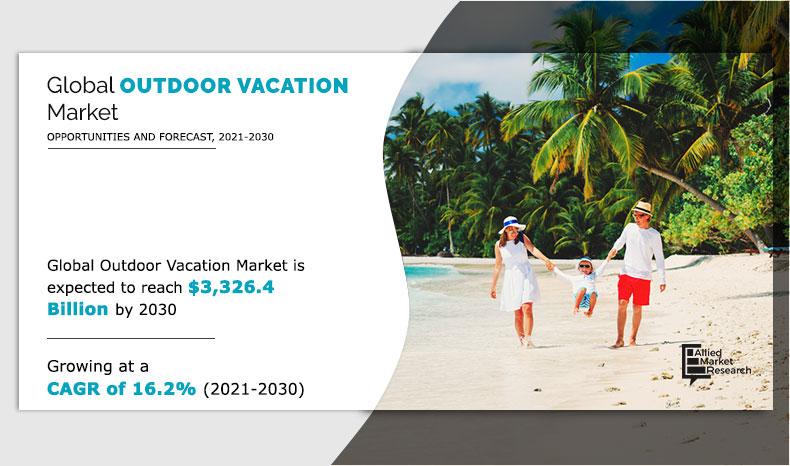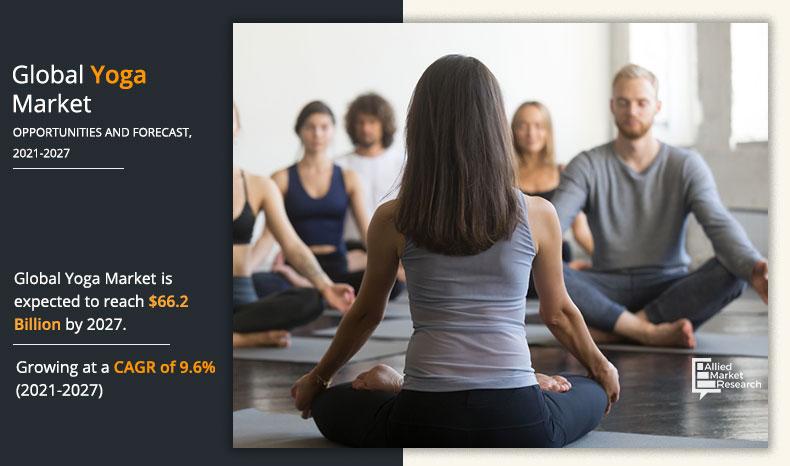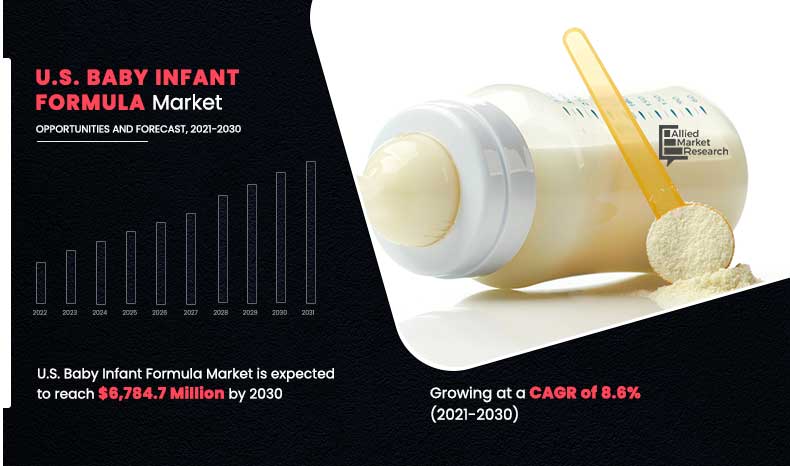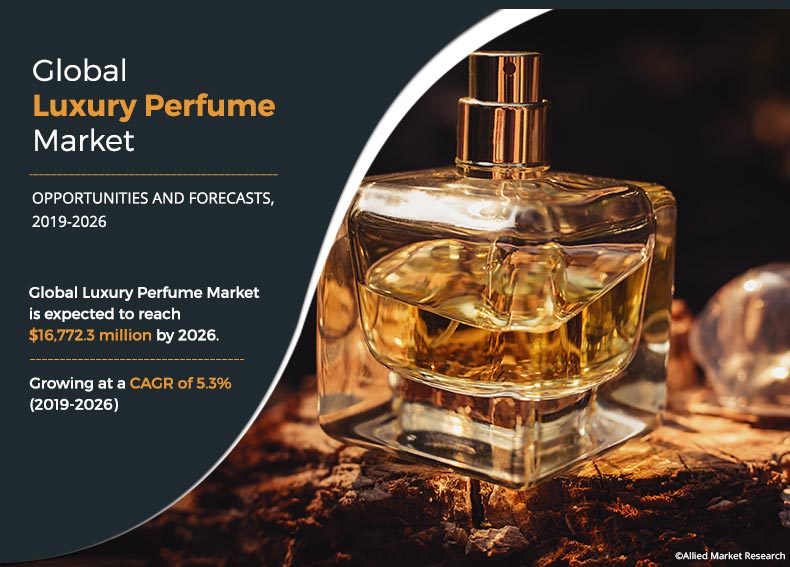Rise in vegan population, increase in disposable income, and mandatory vegan certification to ensure the authenticity of the vegan cosmetic products are major drivers of the global vegan cosmetics market.

According to a new report published by Allied Market Research, titled, “Vegan Cosmetics Market,” The vegan cosmetics market size was valued at $16.6 billion in 2021, and is estimated to reach $28.5 billion by 2031, growing at a CAGR of 5.9% from 2022 to 2031. Vegan cosmetics are made up of chemical compounds taken from natural or synthetic sources that do not contain any animal-derived ingredients. Ingredients produced from animals include honey, beeswax, lanolin, collagen, albumen, carmine, cholesterol, gelatin, and many others. Vegan cosmetics are also devoid of animal cruelty and testing. Vegan cosmetics are meant for personal care, skincare, face care, and hair care and are used to cleanse or protect the body or hair. Vegan cosmetics are used to enhance or modify a person’s appearance (makeup) by hiding imperfections, accentuating natural features (such as brows and eyelashes), adding radiance to the face, or completely redefining the look.
Globally, consciousness regarding enhancement of the overall personality has increased significantly among individuals. An increase in disposable income has enabled individuals to spend more on vegan cosmetics products than they had in the past. Therefore, personal care products have witnessed significant demand globally. Even now, owing to the lack of awareness regarding health risks associated with synthetic/chemical-based cosmetics products, the demand for organic cosmetics products was limited. Most consumers are inclined toward organic and vegan cosmetics to reduce the health risk associated with synthetic personal care. Organic personal care and cosmetics are made from plant extract and natural ingredients and contain a minimal/low amount of synthetic ingredients. Thus, it does not show any adverse impact on the human body. Organic and vegan cosmetic products are perceived to be safer than chemical skincare products therefore the vegan cosmetics market opportunities for growth are expected to be rising.
Request for Sample :- https://www.alliedmarketresearch.com/request-sample/16708
The global vegan cosmetics market is expanding due to an increase in the vegan and vegetarian population, expansion of the vegan cosmetics business, and an increase in conformity with People for the Ethical Treatment of Animals (PETA) cruelty-free accreditation. Furthermore, the entry of international firms presents the global vegan cosmetics market opportunity for development. With the growing vegan population, global firms such as L’Oreal, Unilever, P&G, and others are believed to have prospects to enter the vegan cosmetics sector to meet the growing demand for vegan beauty goods. However, the high prices associated with these cosmetics, as well as the absence of common rules for vegan certification, are projected to stymie the vegan cosmetics market growth.
The demand for vegan color cosmetics is expected to grow at the fastest rate during the vegan cosmetics market forecast period, owing to the growing vegan and vegetarian population’s purchasing power and the desire of young vegan women to associate their interest in fashion and makeup with products made without animal by-products. These aspects generate the profitable potential for multinational companies in the global vegan cosmetics market. Increased interest in fashion and beauty trends among young people in countries such as Germany, France, the United Kingdom, Australia, and others has spurred vegan cosmetics market demand, which will propel the worldwide vegan cosmetics business.
Get detailed COVID-19 impact analysis on the Vegan Cosmetics Market Request Now ! https://www.alliedmarketresearch.com/request-for-customization/16708?reqfor=covid
The vegan cosmetics market is segmented into product type, price point, gender, end user, sales channel, and region. On the basis of product type, the market is categorized into skincare, cosmetics, hair care, and others. On the basis of price point, it is divided into premium and economic. On the basis of gender, the market is segmented into women, men, and children. On the basis of end user, the market is divided into personal and commercial. On the basis of sales channel, the market is divided into hypermarkets/supermarkets, specialty stores, online channels, and others. On the basis of region, it is analyzed across North America (the U.S., Canada, and Mexico), Europe (Germany, UK, France, Italy, Spain, and Rest of Europe), Asia-Pacific (China, Japan, Australia, South Korea, India and rest of Asia-Pacific), and LAMEA (Brazil, Argentina, Chile, South Africa, and rest of LAMEA).
KEY FINDINGS OF THE STUDY
• On the basis of product type, the skincare segment is projected to witness the highest CAGR of 5.2%, in revenue terms, during the forecast period.
• According to vegan cosmetics market analysis, on the basis of price point, the economic segment is expected to grow at a significant CAGR during the forecast period.
• On the basis of gender, the women segment is expected to grow at a significant CAGR during the forecast period.
• According to vegan cosmetics market trends, on the basis of end user, the commercial segment is projected to witness the highest CAGR of 6.5%, in revenue terms, during the forecast period.
• On the basis of sales channel, the online channels segment is expected to grow at a significant CAGR during the forecast period.
• On the basis of region, the U.S. was the largest country, in terms of revenue generation for vegan cosmetics industry in 2021.
• On the basis of region, Asia-Pacific is anticipated to witness highest growth rate, registering a CAGR of 7.7% from 2022 to 2031.
BUY NOW :- https://www.alliedmarketresearch.com/checkout-final/991dd03e7acda826bc0866c89703ee67
The players operating in the global vegan cosmetics market have adopted various developmental strategies to expand their vegan cosmetics market share, increase profitability, and remain competitive in the market. The key players profiled in this report include Amway Corporation, Estee Lauder Companies Inc., Groupe Rocher, L’Occitane Group, L’Oréal S.A., LVMH Group, MuLondon, Pacifica Beauty, Unilever, and Weleda.
David Correa
5933 NE Win Sivers Drive
#205, Portland, OR 97220
United States
USA/Canada (Toll Free):
+1-800-792-5285, +1-503-894-6022
UK: +44-845-528-1300
Hong Kong: +852-301-84916
India (Pune): +91-20-66346060
Fax: +1(855)550-5975
help@alliedmarketresearch.com
Web: www.alliedmarketresearch.com
Allied Market Research Blog: https://blog.alliedmarketresearch.com
Follow Us on | Facebook | Twitter | LinkedIn |








 The luxury perfume companies have been making several important mergers and acquisitions to expand their operations in both international and domestic market.
The luxury perfume companies have been making several important mergers and acquisitions to expand their operations in both international and domestic market.